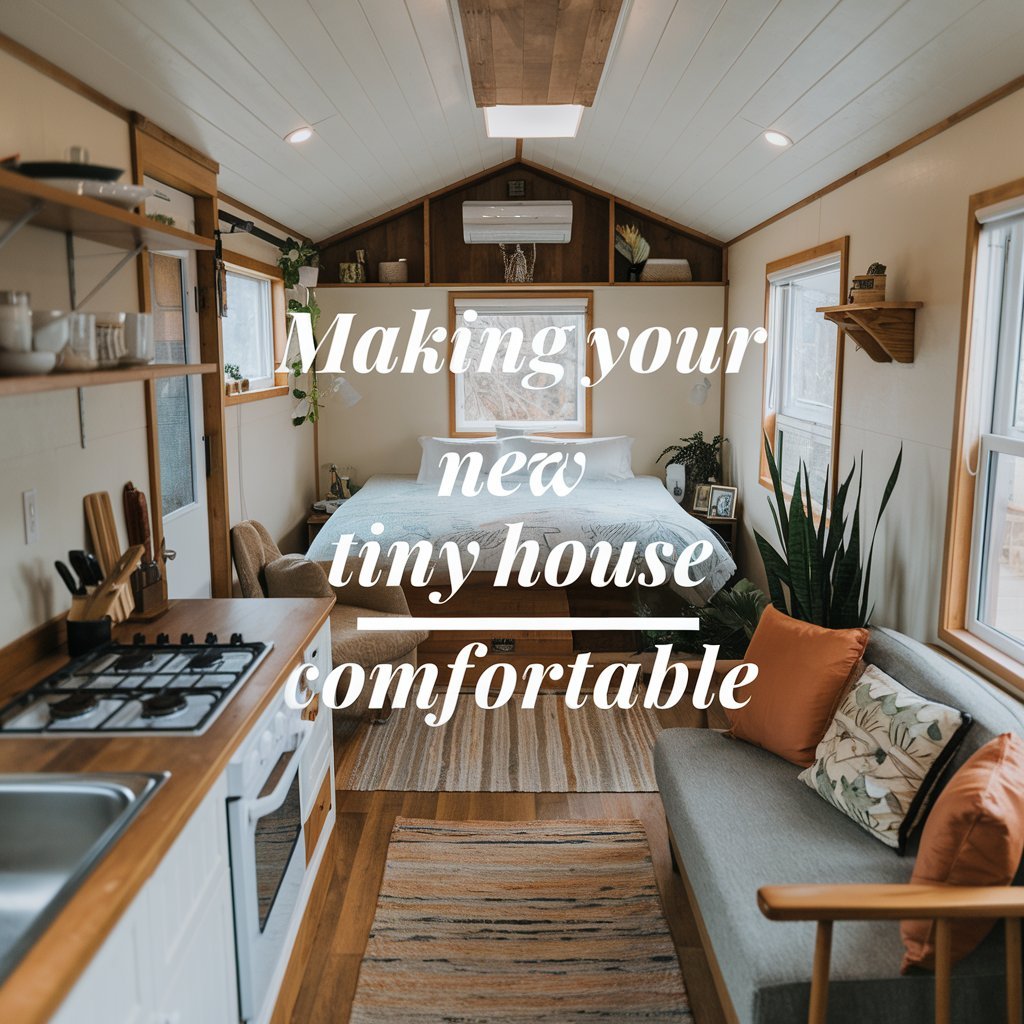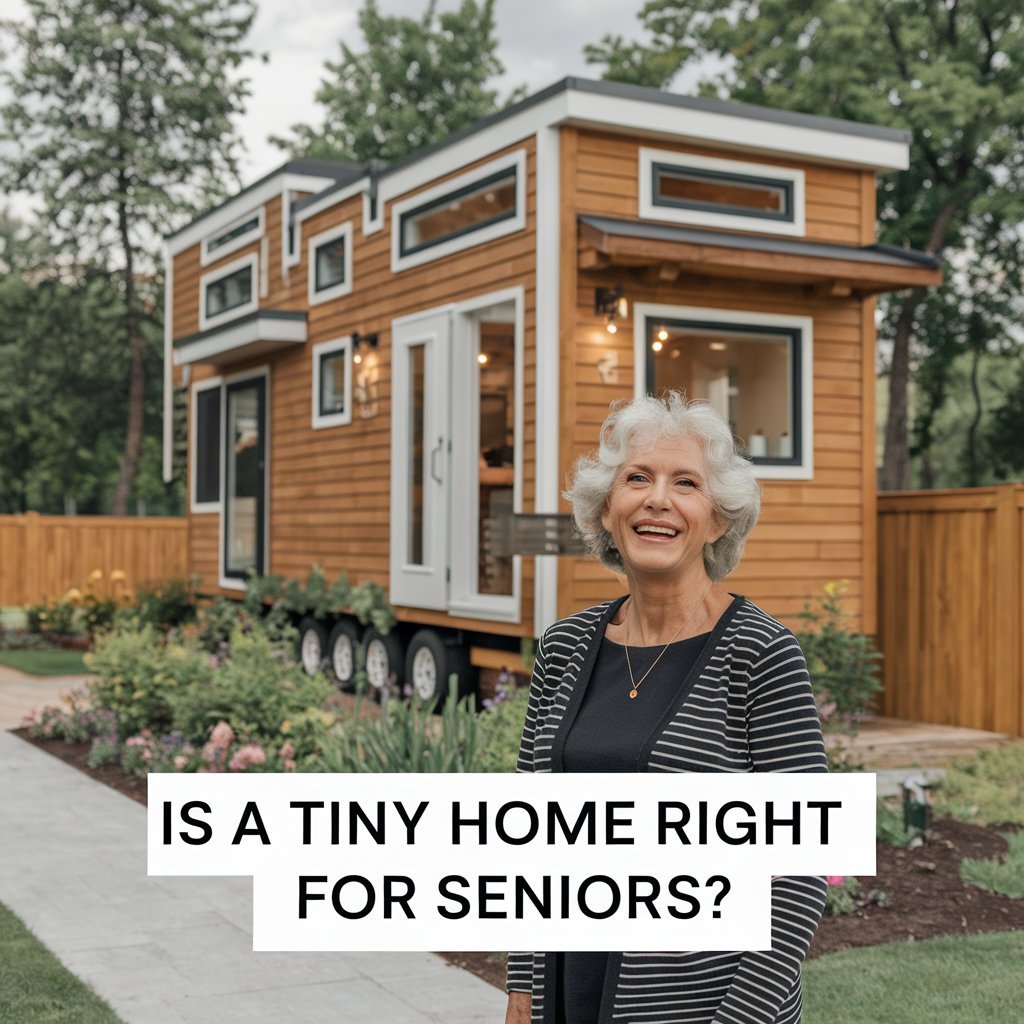The rise of compact living spaces has reshaped travel preferences, creating fresh opportunities for property investors. Tiny homes now compete with traditional rentals by offering memorable stays in scenic locations. Entrepreneurs like Lauren Hudson and Chris Krieger of Wildwood Collective prove this model works—their Vermont Airbnb outperforms larger properties in the Green Mountains region.
This trend reflects shifting consumer behavior. Modern travelers prioritize authenticity over square footage, seeking stays that tell a story. A well-designed 300-square-foot cabin can generate comparable revenue to conventional three-bedroom rentals when marketed effectively.
Success requires more than just listing a property. Strategic planning separates thriving operations from stagnant ones. Location selection, interior design choices, and digital presentation all influence booking rates. Hudson and Krieger’s Vermont project demonstrates how niche targeting—in their case, an arts-focused community—creates competitive advantages.
Key Takeaways
- The tiny home market offers unique opportunities in the vacation rental sector
- Strategic design and positioning help compete with traditional properties
- Guest experience quality outweighs property size for modern travelers
- Case studies show effective execution drives profitability
- Market research and audience targeting form the foundation for success
Understanding the Tiny House Rental Market
The tiny home industry is booming as housing affordability challenges push travelers and investors toward compact living solutions. Analysts forecast a $3.7 billion market expansion through 2028, fueled by platforms like Tumbleweed offering customizable dwellings and Amazon delivering prefab units within weeks.

Industry Trends and Demand
Three factors drive this growth:
- Economic shifts: 45% of renters cite housing costs as their primary reason for choosing small-space living
- Experience economy: 68% of travelers prefer unique stays over standard hotels
- Sustainability: Tiny homes use 47% less energy than average U.S. houses
Demand spans generations—millennials seek budget-friendly escapes, while retirees want hassle-free travel. Social media amplifies this trend, with Instagram posts tagged #tinyhouseliving receiving 2.3 million engagements monthly.
Benefits of Tiny Home Investments
Operators report 22% higher returns compared to traditional vacation rentals. Key advantages:
- Lower startup costs ($45k-$85k vs. $200k+ for conventional properties)
- Premium nightly rates ($150-$300 in scenic areas)
- Flexible relocation to capitalize on seasonal trends
Eco-conscious designs also attract tax incentives in 18 states, while modular construction slashes build times by 60%. This combination creates a resilient income stream in evolving travel markets.
Designing Your Tiny House to Stand Out
The art of tiny home design lies in maximizing every inch while delivering unexpected luxury. Operators like Lauren Hudson and Chris Krieger transformed their vision into reality by selecting Maverick Tiny Homes’ builder model—a decision that balanced customization with time efficiency.

Custom Build vs. Ready-Made Options
Building from scratch offers complete layout control but requires 6-9 months for permits and construction. Prefab units from established companies slash setup time by 70%, with models like Maverick’s Ohio-built homes arriving move-in ready. Their design included staircase access to lofts—a safety upgrade over traditional ladders that boosted guest satisfaction ratings by 34%.
Incorporating Luxury and Practical Amenities
High-end features justify premium pricing. The Vermont project’s four-burner gas stove and instant hot water system became key selling points. Smart storage solutions like under-stair drawers and multi-level shelving maintain clutter-free zones while meeting building codes for electrical safety.
Outdoor spaces prove equally vital. Chris’s handbuilt deck expanded living areas by 40%, creating Instagram-friendly moments against mountain vistas. These strategic choices demonstrate how thoughtful design converts compact dwellings into destination-worthy escapes.
attracting potential buyers to your tiny-house rental
Visual narratives drive booking decisions in today’s vacation rental market. Lauren and Chris’s Vermont project saw a 40% booking increase after revamping their listing with professional photography. Their curated shots of friends strumming guitars on the deck and reading in loft nooks helped travelers envision memorable stays.

Strategic Photography That Converts
Quality visuals prove critical for standing out. Consider these photo strategies used by top-performing listings:
| Professional Approach | Amateur Pitfalls | Impact on Bookings |
|---|---|---|
| Golden hour exterior shots | Overcast property images | +27% click-through rate |
| Lifestyle action sequences | Static empty room photos | +33% conversion lift |
| Multi-angle interior views | Single perspective shots | +19% longer engagement |
Building Emotional Connections Through Content
Lauren’s listing description weaves together the home’s handcrafted maple staircase story with nearby blueberry picking trails. This blend of practical details and local charm helps guests imagine their perfect getaway.
Successful rental businesses update content seasonally. Winter listings highlight the wood stove’s crackle and nearby ski slopes, while summer versions emphasize outdoor showers and firepit gatherings. Authentic guest testimonials about stargazing from the loft bed often outperform generic amenity lists.
Regular market research keeps messaging fresh. Analyzing top-rated competitors reveals trending phrases like “digital detox haven” or “forest bathing retreat” that resonate with modern travelers seeking meaningful experiences.
Choosing the Perfect Location and Complying with Regulations
Selecting the ideal spot for a compact rental property requires balancing guest desires with legal realities. Operators like Chris and Lauren discovered this firsthand when their initial land plan failed due to water hookup limitations. Their eventual Vermont site succeeded by combining mountain views with year-round outdoor activities within five miles.

Land Evaluation Essentials
Three factors dominate land selection:
- Utility access: Water, electricity, and sewage connections often dictate build costs
- Zoning classifications: 62% of U.S. counties restrict tiny homes to accessory dwelling units
- Lot functionality: Space for parking, outdoor areas, and privacy buffers
Chris used specialized marketplaces to find compliant parcels after discovering local setback requirements. Their final 0.25-acre lot met both guest needs and local codes for tiny home placements.
Navigating Legal Frameworks
Municipal laws vary wildly—one Colorado town allows tiny homes as primary residences, while a neighboring county bans them entirely. The Wildwood Collective team recommends:
- Scheduling pre-application meetings with zoning officials
- Reviewing short-term rental licenses and occupancy permits
- Investigating HOA rules and environmental restrictions
Their Vermont project required four separate approvals, including a unique “micro-dwelling” classification. Proactive research prevented costly delays and ensured full compliance with area regulations.
Enhancing Your Rental Experience with Guest-Centric Features
Modern travelers expect frictionless stays from booking to checkout. Smart technology now lets owners deliver polished experiences while managing properties remotely. Lauren Hudson of Wildwood Collective credits automation tools for their Vermont home’s 92% occupancy rate: “Every process—from entry codes to cleaning schedules—runs like clockwork.”

Automating Operations for Seamless Guest Management
Keyless entry systems eliminate physical check-ins. Owners program unique codes that activate during stay periods. Integrated apps sync with cleaning services, alerting teams when guests depart. This approach reduced Wildwood’s turnaround time by 40%.
Automated messaging keeps communication clear. Pre-scheduled emails share parking instructions, Wi-Fi details, and local hiking trails. Post-stay surveys collect feedback while memories are fresh. Chris Krieger notes: “Our response rate tripled when we switched to instant post-departure requests.”
Smart home devices maintain comfort without owner intervention. Programmable thermostats adjust temperatures before arrivals. Leak detectors alert maintenance crews about plumbing issues. These systems protect the house while giving visitors control over their environment.
Thoughtful amenities complete the experience. High-thread-count linens and premium coffee stations justify higher rates. Welcome kits with trail maps and firewood bundles create lasting first impressions. As Lauren observes: “Guests remember how your home made them feel, not just how it looked.”
Expanding Your Marketing Beyond Airbnb
Effective marketing strategies extend far beyond listing platforms in today’s competitive rental landscape. Lauren and Chris increased bookings by 55% after diversifying their approach across multiple channels. Their secret? Treating each platform as part of a unified business ecosystem rather than isolated sales tools.

Leveraging Social Media and Branding
Instagram became Wildwood Collective’s top referral source within six months. They post three weekly stories showing experience-driven packages—think guided forest baths or pottery workshops near their homes. Authentic guest videos outperformed staged photos, generating 40% more profile visits.
Consistent visual themes helped earn features in major publications. Chris notes: “Our sunrise yoga deck shots became recognizable before our business name.” Color schemes and photography styles mirror their website design, creating instant brand recognition across platforms.
Building an Online Presence and Diverse Listings
A professional website serves as the hub for all marketing efforts. Wildwood’s site offers direct bookings with perks like free trail passes—features third-party platforms can’t match. They simultaneously list on VRBO, HomeAway, and Booking.com, tailoring descriptions to each audience.
Strategic partnerships amplify reach without big budgets. Collaborations with local outfitters created bundled adventure packages that boosted average stays from 2.5 to 4 nights. Make sure your Google Business Profile stays updated—62% of their mobile bookings start with map searches.
Cross-platform analytics reveal surprising trends. While Airbnb dominates urban rentals, their website converts 73% of mountain-seeking guests. This data-driven approach helps allocate marketing funds effectively across channels.
Optimizing Earnings and Managing Operations
Profitability in small-space rentals hinges on adaptive pricing models and robust support frameworks. Lauren Hudson’s approach demonstrates this balance—her Vermont rental doubles Airbnb’s suggested rates through constant market analysis. Weekly rate adjustments account for local events and seasonal demand spikes, outperforming competitors by 18%.
Dynamic Pricing and Performance Optimization
Successful operators treat pricing as living data. Hudson’s team reviews:
- Nearby vacation property rates
- Weather-dependent activity availability
- Last-minute booking patterns
Their $75,000 investment avoids traditional mortgages, freeing cash flow for upgrades. This financial structure yields 22% higher returns than conventional rentals in their region.
Establishing Reliable Maintenance and Support Systems
Proactive care preserves property value and guest satisfaction. Automated alerts notify cleaners within minutes of checkouts. Keyless entry logs track maintenance needs, while local contractors handle urgent repairs under service agreements.
Hudson’s business plan includes quarterly professional inspections—a step many operators skip. These checks identify issues before guests notice, maintaining premium vacation rental standards. Combined with smart pricing, these strategies create sustainable income streams in competitive markets.



